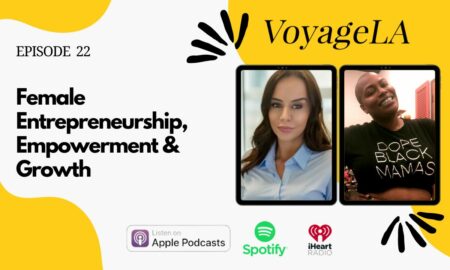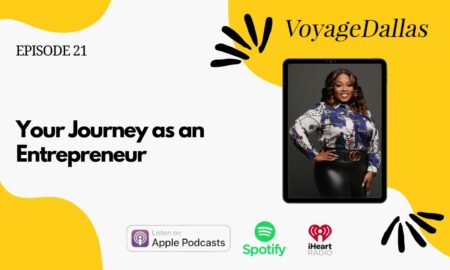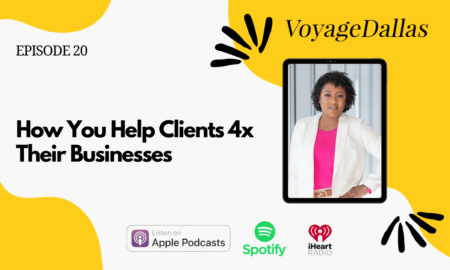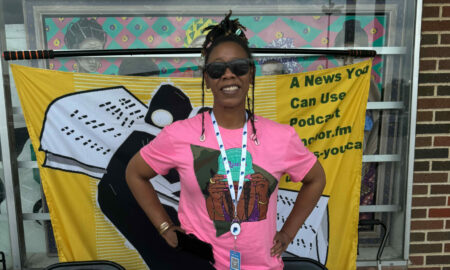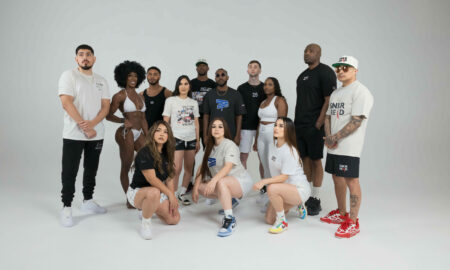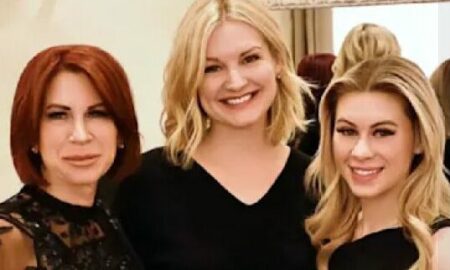

Today we’d like to introduce you to Mark Hagan.
Mark, can you briefly walk us through your story – how you started and how you got to where you are today.
In 2001, my employer at the time was Paine Webber. They offered a course for advisors to attend that was initially designed to be a business development course. Having been in this business as a financial advisor since 1994, I would always attend these. Typically these courses are weekend “rah-rah” sessions; whereby, you find a few good ideas to implement but then once you go back to work you might do a couple of the things, for a couple of days , only to fall back to the way you used to do business. This course was different though, It was a ” take a look at your life” course.
The very first statement they said to start the weekend was “we spend all our of our time working, trying to figure out how to fit life in, but If we took their course, they would teach us how to live life, and figure out where we could fit work in. The idea being that if you could live every day in your purpose, how much richer a life you would have. Through the entire year, we worked on a lot of things, and this helped me realize a lot of things about myself; primarily that I was extremely selfish and I did not care about anybody but myself and secondly, my job was not very satisfying. I am in a business where people have money and it is necessary for me to do a good job, to keep my job, but it is not that gratifying.
The course talked about the importance of having 3 key things in anything that you do. You need to have affinity, structure, and community. They asked us to look at things we had done in the past ; both very well or poorly , and see if we had one or all three of these key things. Everything that I had done marginally or poorly, I had none of the 3 things or maybe one of the three. The times that I had accomplished a lot , I had all three, every time , without exception.
The last thing in the program was to work on defining what we thought our purpose was in life. Once we were able to identify that , they wanted us to define it in three words or less . My purpose is defined by Matthew 5:16, so I cheated a little bit: “Matthew” is one, “5” and “16” make 3 total. After defining this purpose , it was later in the year that I was fly fishing with my grandfather and told him I was ready to give back to the community. He suggested I reach out to the Providence Network in Denver where he served on the board.
I wrote those guys for a shareholder newsletter, and the very first paragraph said, (and I’m paraphrasing) “the reason for our success over the last 15 years, is our affinity for what we do, the structure we have in place to help our residents progress, and community type living which provides support and accountability. So for me, seeing this in written form and being a Christian, I felt like I had to do something about this or I might as well stop going to church and calling myself a believer. If I had read the words affinity structure and community in a newsletter a year earlier, I would have thought somebody had lost their mind, It would not have resonated with me at all.
I placed a call to The Providence Network in Denver and told them I thought I was supposed to start a program like theirs in Dallas. They suggested I call a lady who was the head of community outreach for the Dallas Baptist General Convention of Texas . Her name was Jana Whitworth. I bought her lunch , asked her if she could help me get a meeting with some inner-city pastors and let me tell them what I would like to do regarding opening a facility for children and women who are survivors of domestic violence.
12 people attended the meeting. I skipped out of work, bought everybody lunch and told them about my new discoveries as a result of the coaching program I was involved with. I also told them that I did not want any money from them, I just needed a place that I could house a few families. There was a church that had an old parsonage that they were just using for storage. They agreed to give it to me for one dollar in rent. I raised $15,000 to renovate the parsonage. We raised a total of 50,000 after that , which was my “guesstimate” of what I thought it would take to run a ministry for one year. And that was in 2002.
Today we are currently building our second 6000 square-foot facility with 32 additional beds on a 2-acre campus which we paid cash for back in 2012. It is truly amazing , when I think about all of the help that my friends and family have provided. It has allowed us to get to this point. Ultimately , we will be able to have somewhere between 70 and 90 women and children on our campus when we are completely built out.
Has it been a smooth road?
There’s not enough room in this article to detail all the struggles along the way. From disappointment from commitments for people to help, to staff turnover, to some of our residents continuing to make poor decisions and not being a part of our program anymore. It’s sad when a mom is not able to think clearly enough to realize that she has a safe, loving environment for themselves and their children. Often they think there’s something better out there and they leave our program or they are asked to leave because of some violation that puts our families that we serve at risk .
One of the biggest struggles for me early on regarding raising money was understanding that people give to people, not causes. There are so many great causes, and lots of people are tied to a lot of different causes. But there is usually some affinity for the people running the non profit that keeps folks engaged and wanting to make a difference. Once I realized this, my level of disappointment in my approach to raising money for the families that we serve changed dramatically : obviously for the better.
So, as you know, we’re impressed with Emily’s Place – tell our readers more, for example what you’re most proud of as a company and what sets you apart from others.
One of the things I’m most proud of as a company is our family environment. I am not just talking about the families that we serve . I am also talking about our staff and board of directors. We all live and breathe Emily’s Place. We do not have a high profile board, but all of our of board members are committed, sold out to what we are trying to do to make the lives of our women better, and that is extremely humbling to me.
Emily’s Place serves survivors of domestic violence, primarily women with children, We also serve women that do not have kids. Our program is unique in that we are the “bridge” from the shelter back to the community. It is very important to me that people realize we are not a shelter (which typically allows a woman and her children to stay 30 or 60 days, maybe 90 days. Unfortunately, there are so many women coming on through the front door of a shelter, that a shelter will call us and ask if we have a bed available; because we commit up to two years to the families we serve. We are dovetailing, not duplicating services.
Let’s touch on your thoughts about our city – what do you like the most and least?
Our city is so community focused. It makes me proud to have our organization in the great community of Plano. The city has been so helpful, so supportive and they have done a lot to help us serve the most people the most efficient way possible. There is nothing that I don’t like about the city.
Pricing:
- We serve a residents for less than $25 per day.
- We served 56 residents in 2017; yet our total out-of-pocket cost for food was less than $1000.
Contact Info:
- Website: www.emilysplacetx.org
- Phone: 9724247775
- Twitter: @emilysplacetx

Getting in touch: VoyageDallas is built on recommendations from the community; it’s how we uncover hidden gems, so if you know someone who deserves recognition please let us know here.












